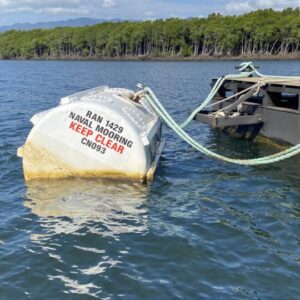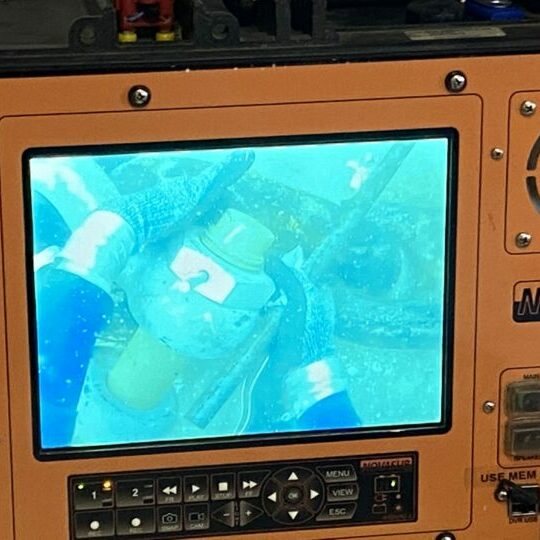Case Study | RPEQ Mooring Design, Supply and Installation Approval
The operational and legal risk associated with moorings can be substantially mitigated with sign off from RPEQ Engineers.
It is good to see some regulatory authorities on the East Coast requiring sign-off of moorings from RPEQ engineers. GBMPA requires RPEQ sign off on Great Barrier Reef moorings and the Gold Coast Water Authority (GCWA) for moorings in its waterways. However, Marine Safety Queensland (MSQ), who regulates other moorings, focuses on navigational safety and still has no published requirements relating to engineering in the design, installation and maintenance of moorings. Query how this affords any protection to owners of nearby vessels or port infrastructure from mooring failure.
See links to further information on the various requirements here:
• Mooring Checklist (Draft) GBRMPA
• Buoy Moorings (Maritime Safety Queensland) (msq.qld.gov.au)
• Buoy Moorings – Gold Coast Waterways Authority (gcwa.qld.gov.au)
RPEQ Approval Intent
The strategic approach to mooring management of GBRMPA and GCWA lean on the competency and integrity aims of the Board of Practicing Engineers Queensland and the RPEQ competency assessment process. Registration as a RPEQ is reportedly “formal recognition of the qualification and competency of an engineer in the State of Queensland”. Much of the drive and impetus for registration came from problems in the building industry (Form 15 folk) that reflected difficulties in allocation of responsibility in design, approval and build quality. A comprehensive management review and discussion initiated by GBRMPA and completed by Arup in 2016, laid the foundations for a comprehensive marine management and inspection framework.
Importantly, “the RPEQ must have sufficient knowledge, oversee and evaluate the carrying out of the service, have sufficient control over any outputs and takes full responsibility of the outputs as stipulated in the Code of Practice for Registered Professional Engineers.”
However, the RPEQ process does not differentiate between engineers with suitable expertise or competency in areas of mooring practice. The focus is on the civil and structural building professions as reflected in their industry representation. The RPEQ process also leans on institutions such as Engineers Australia and Royal Institute of Naval Architects for endorsement of progression in those professions. Reviewing the RPEQ Areas of Engineering suggests mooring design and approval could fall into several engineering areas. Importantly, unless a prescriptive standard exists including mooring specifications (clump weight, chain and hawser sizes, buoys requirements) for localities, then an application of engineering service is required, encompassing scientific calculations. Therefore, the legislation in Queensland suggests an RPEQ engineer should be involved, either in supervision or verification services.
A suitable RPEQ Engineer
In selecting an RPEQ engineer for business risk mitigation, you should screen and question the experience and competency of that person in the mooring business. Focus on mooring competency, value, and applicability. Use the RPEQ website, but understand that the areas of expertise don’t necessarily align well.
This article was written by Mike Priestly, Principal Engineer (Mech) and Naval Architect (RPEQ) of ONA Consultants (ONA) and was inspired after a spate of preventable mooring incidents where technical risks were realised due to poor mooring engineering and understanding led to the failure of vessel moorings. ONA Consultants work Australia wide and provide vessel owners naval architectural mooring support and installation oversight. ONA also undertakes mooring audits on behalf of vessel owners, government agencies and underwriters.



